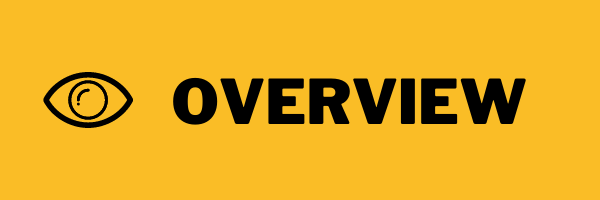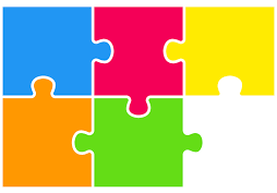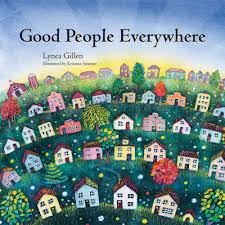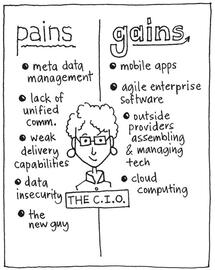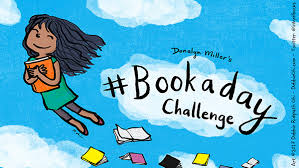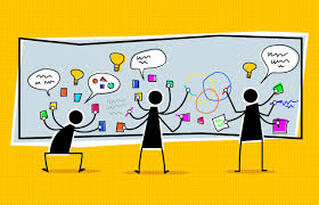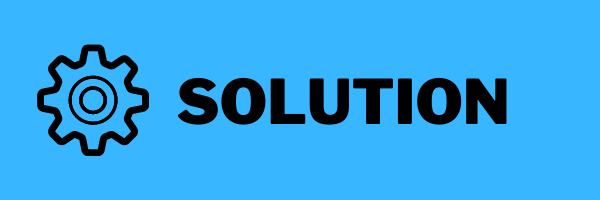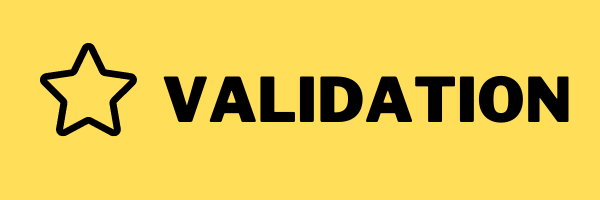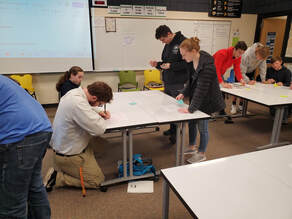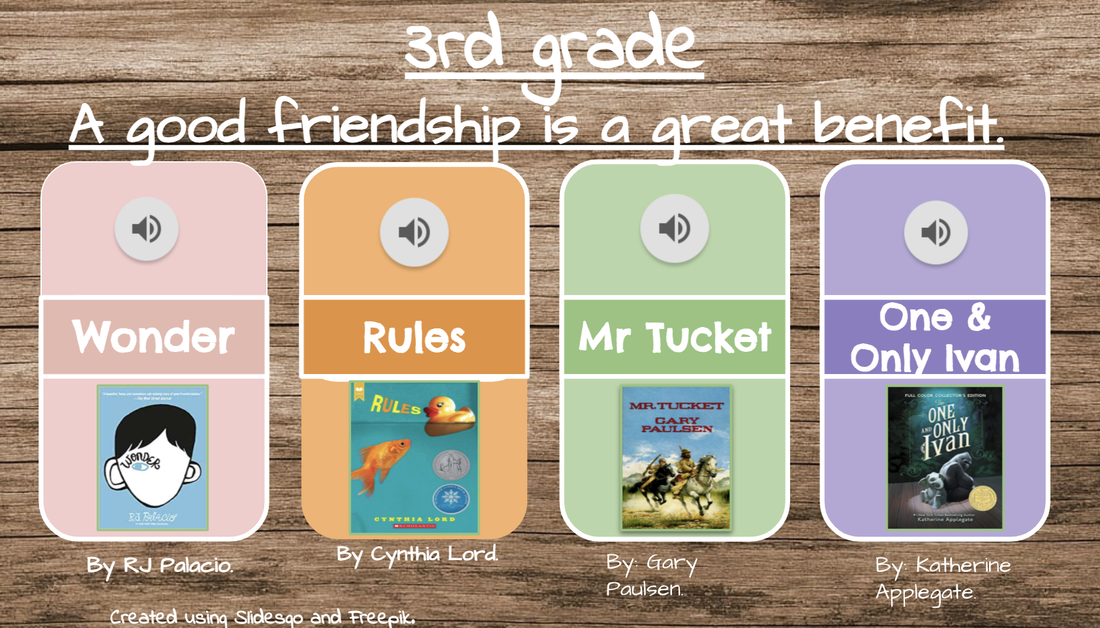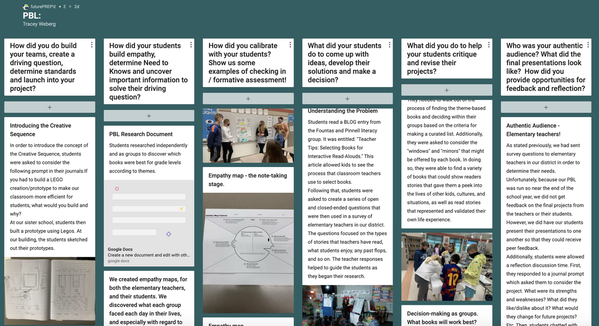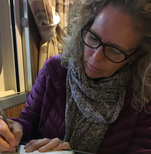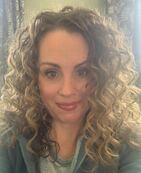Discovering Great Read Aloud Books
By: Jeff Henderson, Shelby Poest, Tracey Weberg, & Molly Guikema
By: Jeff Henderson, Shelby Poest, Tracey Weberg, & Molly Guikema
Project at a Glance :
This project introduces Middle School students to a variety of elementary books and incorporates their personal experience to put together a portfolio of best books for elementary school teachers.
Driving Question:
What collections of themed-books should a (grade level) teacher at (elementary school) read as a read aloud?
|
Standards:
|
Stakeholders:
|
Incubation:
|
|
Solution Building:
|
Authentic Audience:
|
Click here for Baldwin MS teacher's full plan.
Reflection and Feedback:
|
Click here for the teacher's Journey through PBL on Padlet.
|
Meet the Educators:
Jeff Henderson, Shelby Poest, & Tracey Weberg all teach at Baldwin Street Middle School, Hudsonville Public Schools. Molly Guikema teaches at Riley Middle School, Hudsonville Public Schools. "I was open to new ideas to engage student thinking and collaboration. This project allows students to dive deeper into our driving question." ~ S. Poest "PBL allows teachers to take students into the future with skills and excitement that make the classroom experience exciting and rewarding! " ~ J. Henderson "I am passionate about PBL and Design Thinking because I want our students to be prepared to think creatively in their future endeavors." ~ T. Weberg "I believe in bringing real-world relevance to learning to engage my students. When students feel empowered to use their gifts and talents, real learning happens! " ~M. Guikema |
